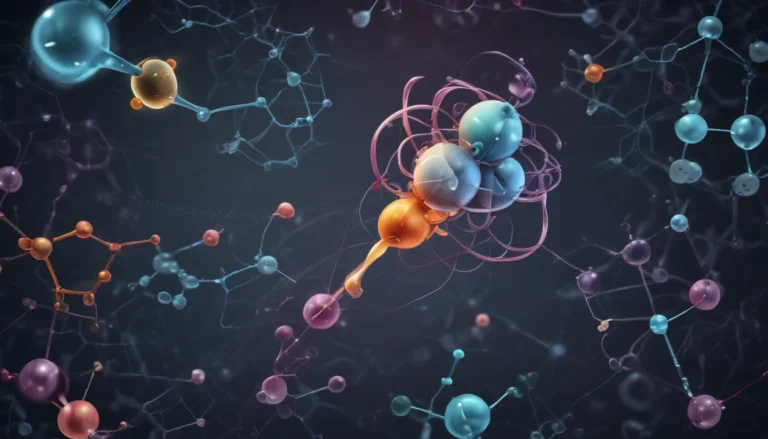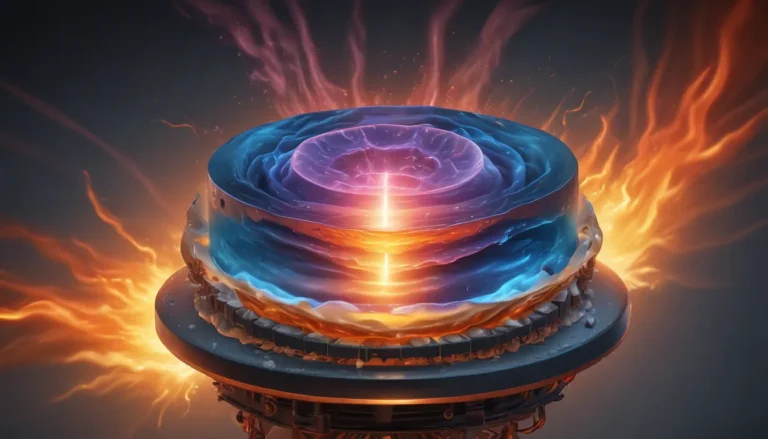A Note About Images: The images used in our articles are for illustration purposes only and may not exactly match the content. They are meant to engage readers, but the text should be relied upon for accurate information.
Are you ready to step into the world of espionage, gadgets, and martinis with the iconic James Bond? Join us on a captivating journey as we explore 11 intriguing facts about the mysterious secret agent that has captured the hearts of audiences worldwide. From the suave tuxedos to the high-tech gadgets, there is more to Bond than meets the eye. So, grab yourself a martini (shaken, not stirred) and buckle up for an adventure into the captivating world of Bond.
Exploring the Origins of James Bond
In the realm of literature, James Bond is a legendary secret agent created by author Ian Fleming. Known for his daring missions and impeccable charm, Bond has become a cultural icon synonymous with espionage and intrigue.
The first James Bond novel, “Casino Royale,” was published in 1953, introducing readers to the enigmatic world of 007. This captivating spy novel laid the foundation for a beloved series that continues to captivate audiences to this day.
The Legendary Catchphrase
One of the most iconic aspects of James Bond is his signature catchphrase, “Bond, James Bond.” This memorable line has become inseparable from the character and is often imitated in popular culture, solidifying Bond’s status as a cultural phenomenon.
The Thrilling Film Franchise
The Bond franchise has produced 25 official films that have captivated audiences worldwide. From “Dr. No” in 1962 to “No Time To Die” in 2021, Bond’s thrilling adventures and captivating storylines have kept fans on the edge of their seats for decades.
The Many Faces of James Bond
Throughout the film franchise, the character of James Bond has been portrayed by multiple actors, each bringing their unique interpretation to the role. From Sean Connery to Daniel Craig, these actors have left their mark on the iconic spy, adding layers of depth and intrigue to the character.
The World of Bond Gadgets
Bond is famous for his sophisticated gadgets, from the iconic Aston Martin cars to state-of-the-art spy technology. These high-tech tools add an extra layer of excitement to Bond’s missions, showcasing his resourcefulness and ingenuity.
Shaken, Not Stirred: The Classic Martini
Bond is famous for his love of martinis, specifically shaken, not stirred. This classic line has become synonymous with the image of Bond enjoying a sophisticated drink while embarking on top-secret missions, adding a touch of elegance to his character.
Master of Disguise
One of Bond’s key espionage skills is his ability to master disguise. Whether blending into a crowd with a clever outfit or donning a tuxedo for a high-stakes casino game, Bond’s talent for transformation is crucial to his success as a secret agent.
The Signature Walther PPK
Bond is known for his signature firearm, the Walther PPK. This compact and reliable gun has become a symbol of Bond’s deadly accuracy and unwavering determination, showcasing his proficiency in combat situations.
The Iconic Theme Song
The James Bond Theme, composed by Monty Norman and arranged by John Barry, is instantly recognizable and sets the tone for each action-packed adventure. This distinctive theme song has become a symbol of Bond’s thrilling escapades and daring missions.
A Global Fanbase
James Bond has a loyal fanbase worldwide, ranging from avid readers of the novels to devoted followers of the film franchise. The character of Bond has captured the hearts and imaginations of fans around the globe, solidifying his status as a beloved cultural icon.
Conclusion: Unveiling the Power of Bonding
In the realm of chemistry, bond, also known as chemical bonding, is a fundamental concept that plays a crucial role in the behavior and properties of substances. Understanding the different types of bonds and their characteristics is essential for comprehending the intricate world of molecules and compounds.
Bonding has widespread applications in fields such as medicine, materials science, and environmental studies, making it a topic of utmost importance in the scientific community. By expanding our knowledge of bond, we gain a deeper understanding of the materials we encounter in everyday life and the impact of bonding on various industries.
FAQs: Exploring the World of Chemical Bonding
- What is chemical bonding?
-
Chemical bonding refers to the attractive forces that hold atoms together in molecules or ions.
-
What are the different types of chemical bonds?
-
There are three primary types of chemical bonds: ionic bonds, covalent bonds, and metallic bonds.
-
How do ionic bonds form?
-
Ionic bonds form when electrons are transferred from one atom to another, creating positively and negatively charged ions that attract each other.
-
What are covalent bonds?
-
Covalent bonds occur when atoms share electrons to achieve a stable electron configuration.
-
What are metallic bonds?
-
Metallic bonds are formed between metal atoms, where the valence electrons are delocalized, creating a “sea” of electrons that hold the metal cations together.
-
What is bond energy?
-
Bond energy is the amount of energy required to break a bond between two atoms.
-
What is the role of bond polarity?
-
Bond polarity determines the distribution of electrons in a bond, leading to the formation of polar or nonpolar molecules.
-
How do hydrogen bonds contribute to molecular structure?
-
Hydrogen bonds are attractive forces between a hydrogen atom bonded to an electronegative atom and another electronegative atom. They are essential in maintaining the structure of molecules such as DNA and proteins.
-
Can bonds be formed between non-metal elements?
-
Yes, covalent bonds can be formed between non-metal elements as they share electrons to achieve a stable configuration.
-
Can chemical bonds be broken?
- Yes, chemical bonds can be broken through chemical reactions or by supplying sufficient energy to overcome the bond’s stability.
-
How does bond strength affect the physical properties of substances?
- The strength of chemical bonds impacts the physical properties of substances, such as melting points, boiling points, and hardness.
As you delve into the captivating world of Bond and chemical bonding, remember that curiosity and exploration are key to unlocking new discoveries and insights. Embrace the thrill of discovery as you unravel the mysteries of Bond and the fascinating world of chemistry.





